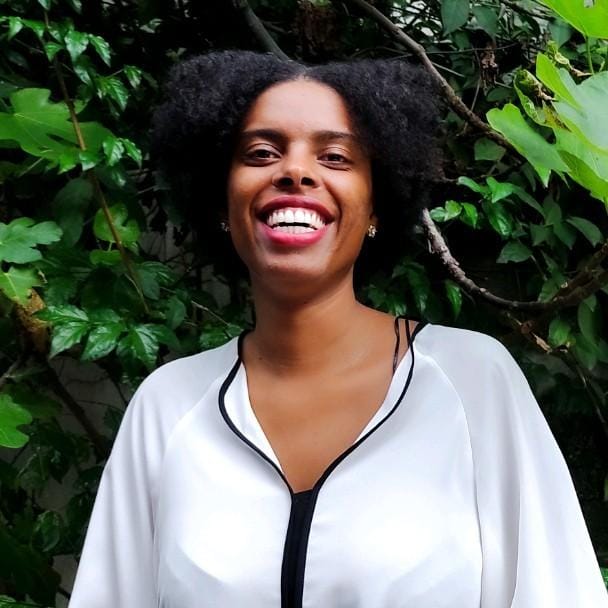What is it like to be a black lawyer in brazil
- Monique Prado

- 25 de mai. de 2021
- 3 min de leitura
Atualizado: 27 de mai. de 2021

It is very usual for me to hear that "I don't look like a lawyer". In my first two years as a lawyer, I frankly thought it was related to my youthful, but then I was led to reflect on how social structure are built and inevitably I came across the racial issue.
In 2015, I graduated in the Law School at the age of 23 and I didn't have the real perception that some areas such as Law and Medicine continued in people's imagination as something distant and “belonging to the elite” so that create a stereotype around these professionals as someone who holds social status linked to owners of property and wealth. This common sense comes from the intersection between social class, race and gender.
We must not forget that cordiality was a crucial social tool that hid racial inequality in Brazil for a long time, where the housemaids, usually blacks, could easily be called as "belonging to the home" or "almost of the family", as long as they did not circulate in social spaces. They should only serving and living in the back of the house. This reflection was brilliantly traced in the Brazilian film “Que horas ela volta” and in the American film “Get out”.
Unfortunately, discriminatory practices are part of the culture of large companies, institutions and law firms, an example of which was demonstrated in the image test carried out with Human Resources professionals. The test was carried out by the Brazilian State of Paraná, where it was divided into two moments of analysis. In the first moment, the recruiters were shown 05 images without identification of name, age or social class. The models in the images only had in common that they were white: 1) a young man running; 2) a girl holding a coat; 3) a man in a suit; 3) a boy taking care of the garden; 4) a woman cleaning the kitchen sink and; finally 5) a girl holding a spray paint in her hand. In the second phase of the test, the group of recruiters was presented with exactly the same concept of photos, but with black people as models.
The procedure and the question asked in both stages were done in the same way. The images were shown individually and then the interviewer asked the recruiters what they thought of the images. The young white man running was told he was late while the black man said he was a bad guy. The girl holding a coat was read as a fashion designer while the black woman was a seamstress. The white man in a suit was read as an executive while the black security guard. The white boy taking care of the garden said he was the owner of the house while the black man, the gardener. The white woman cleaning the sink was the owner while the black housemaid and finally the white girl was a graffiti artist while the black was making vandalism.
In fact, they do not differ in any way from some situations that I have been through. Once I was at a court with my white cient and the officer addressing her as she werethe lawyer or another occasion when I was with a white colleague in a meeting with potential clients and even being the only one on the table who knew the legal knowledges I was treated like I was not there and everyone reported exclusively to her.
Audiovisual and advertising contribute to this scenario by creating a pedagogical process that delimits the race of people who appear in the mainstream and creating an imaginary of the positions of power in society in order to create a social and racial identity as a model, which makes people uncomfortable when some black person appears in social positions outside of that imaginary such as doctor, engineer, judge or architect.
There is no doubt that this normativity is perverse, mainly because this topic is not something harmless, moderate and unpretentious. The absence of a critical and anti-racist view on the topic has a real effect on the life of the black population, since steriotics disapprove of professionals in job interviews, targed by the police and create obstacles to the black's social ascension.
My invitation is for you not to naturalize the look. Be critical, observe, question and above all participate in this process of demystifying the status quo.






Comentários